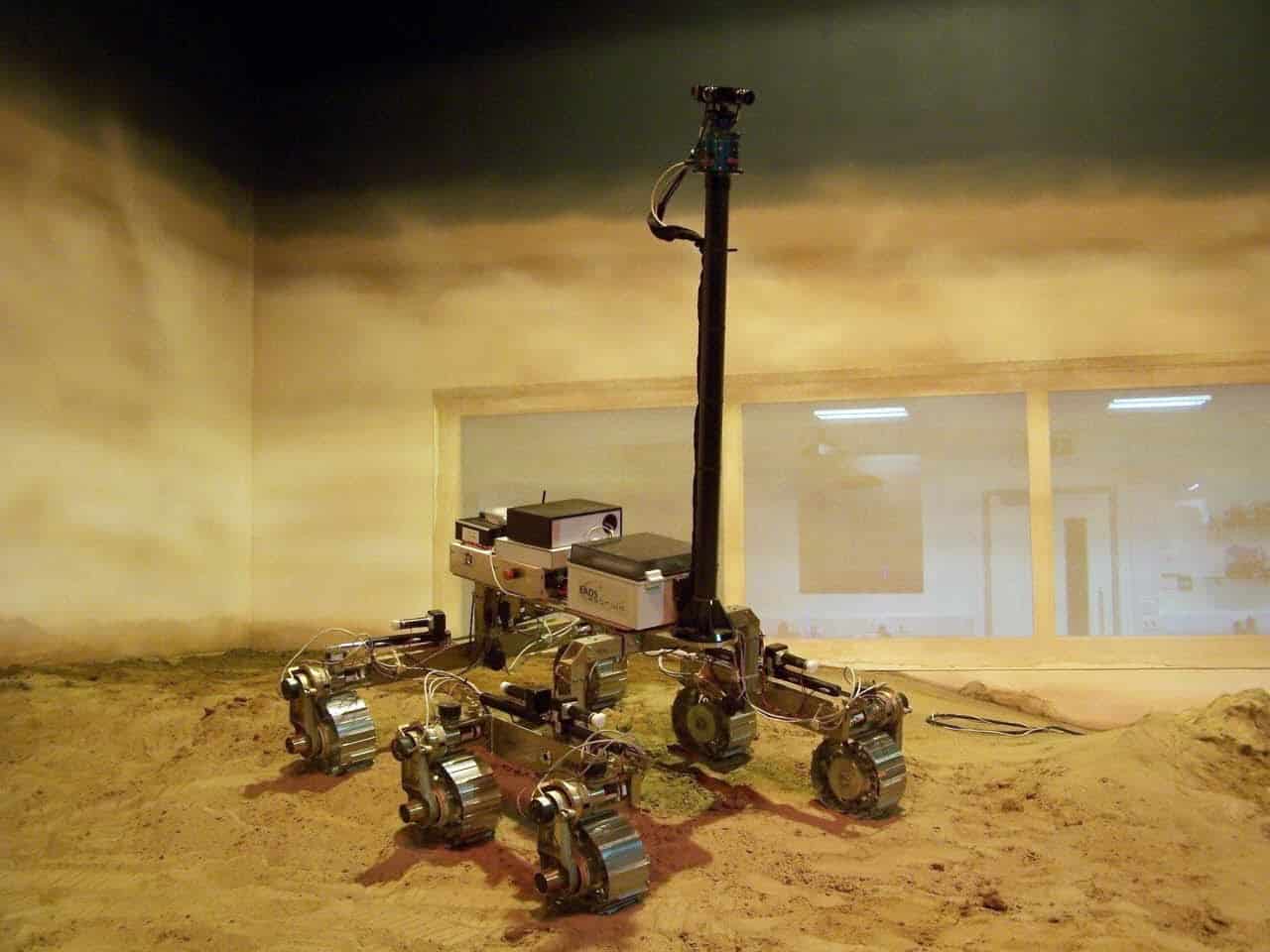
A team of scientists led by the National Nuclear Laboratory (NNL), working with Leicester University, extracted americium from some of the UK’s plutonium stockpile and used the heat generated from this highly radioactive material to generate enough electric current to light up a small lightbulb within a special shielded area in NNL’s Central Laboratory in Cumbria.
According to NNL, the breakthrough means potential use of americium in radioisotope power systems for missions which would use the heat from americium pellets to power spacecraft heading into deep space or to challenging environments on planet surfaces where other power sources, such as solar panels, no longer function.
Such space missions would be able to carry on sending images and data to Earth for far longer than would otherwise be possible.
The technical programme to deliver this world first has been running for several years, supported by funding from the government’s Business, Energy and Industrial Strategy department through the UK Space Agency and its ongoing participation in European Space Agency (ESA) programmes.
Contributions to the project came from European Thermodynamics, who helped develop the thermoelectric generator unit, and the Nuclear Decommissioning Authority, who permitted the use of plutonium from the UK stockpile.
https://www.theengineer.co.uk/leicester-space-radioisotope/
Tim Tinsley, NNL’s account director for the work, said: “Seeing this lightbulb lit is the culmination of a huge amount of specialist technical work carried out by the teams from NNL and Leicester, working in collaboration with other organisations such as ESA and UK Space Agency.
“Leicester University’s capability in development of the radioisotope power systems was complimented by NNL’s expertise in handling and processing americium in our… lab facilities. It is great to think that americium can be used in this way, recycling something that is a waste from one industry into a significant asset in another.”
“The unrivalled energy density of nuclear power sources enables a whole range of missions that would be otherwise impossible,” added Keith Stephenson, ESA programme lead. “This successful collaboration between the nuclear and space sectors has created a brand-new capability for Europe and opens the door to a future of ambitious and exciting exploration of our solar system.”





Nanogenerator consumes CO2 to generate electricity
Nice to see my my views being backed up by no less a figure than Sabine Hossenfelder https://youtu.be/QoJzs4fA4fo